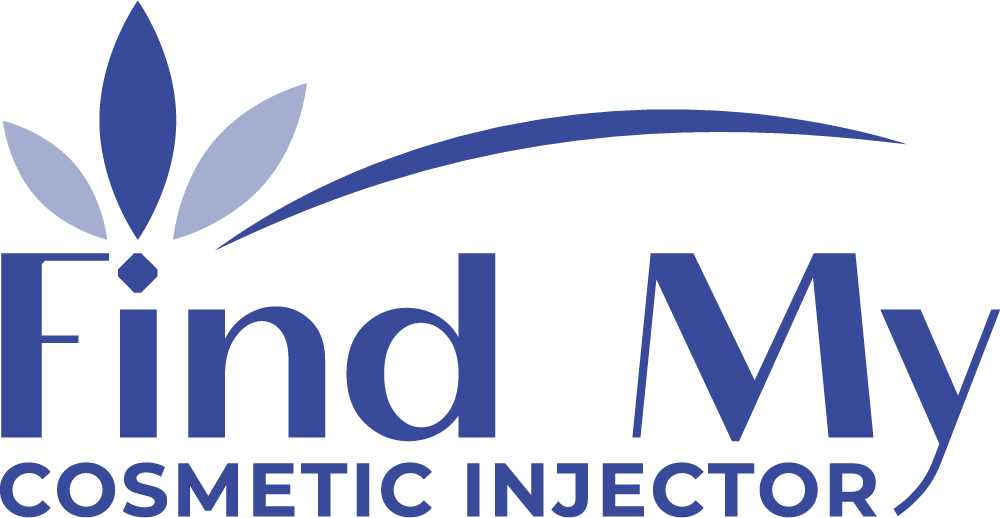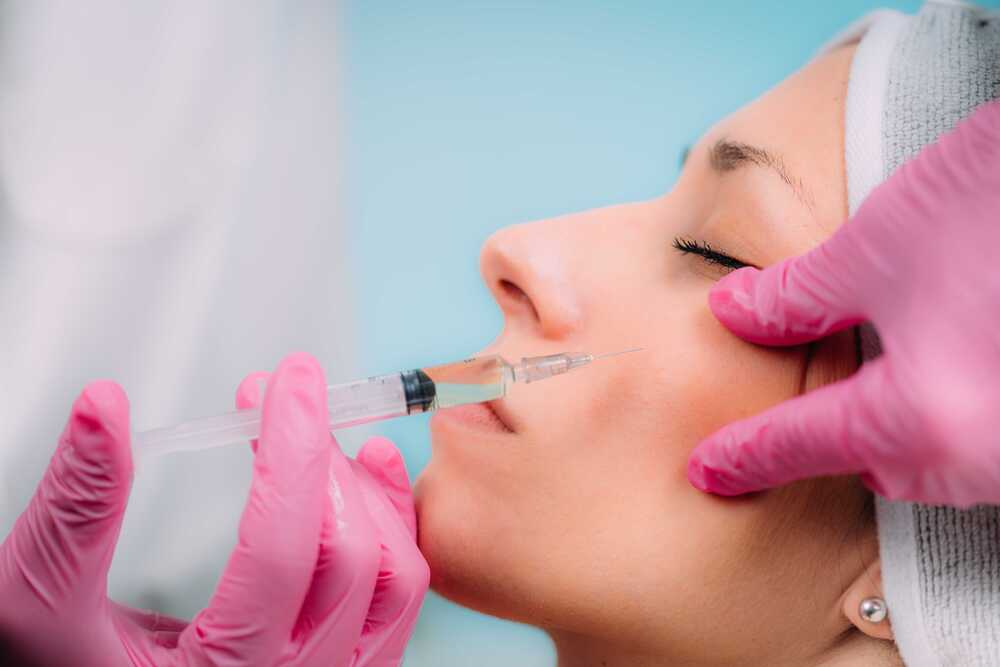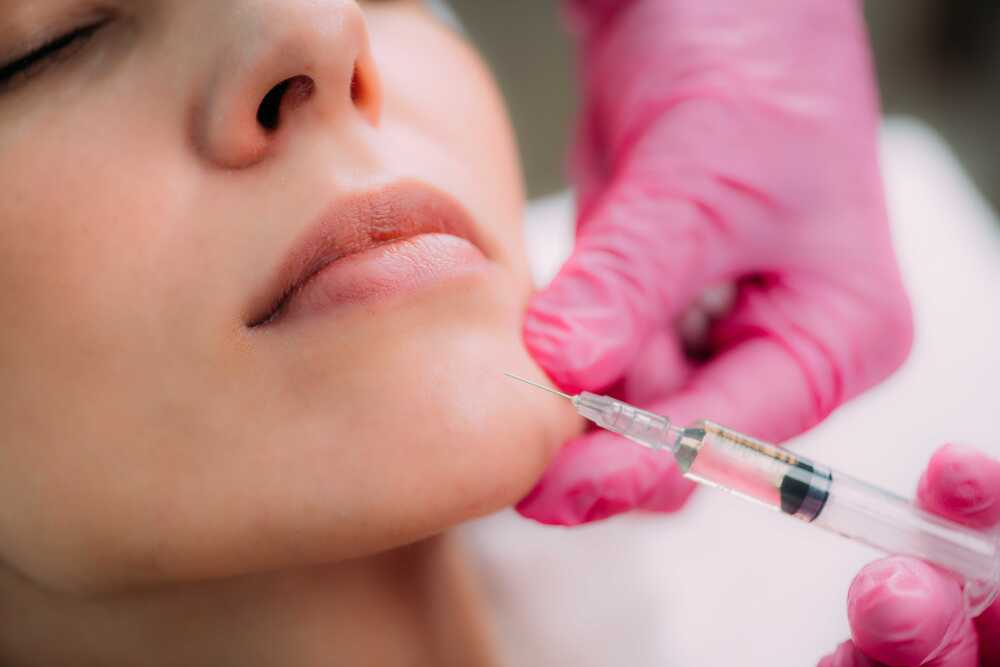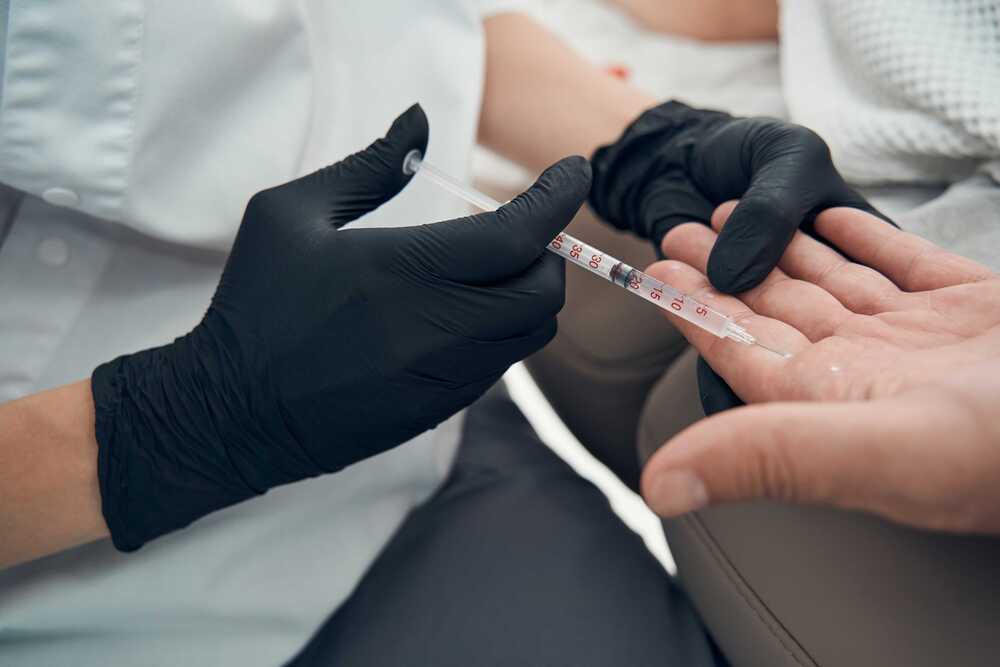
Neuromodulators
Neuromodulators reduce muscle contractions by stimulating the nervous system. They include products like botulinum toxin (Botox) and are considered neurotoxins because they disrupt nerve function. A physician injects the neuromodulator into your face, relaxing the muscle under your skin.
They are best suited to address dynamic wrinkles that result from making facial expressions that push your skin together. These are typically most apparent when your face is at rest. Neuromodulators are usually used on forehead lines, crow’s feet, and frown lines.



